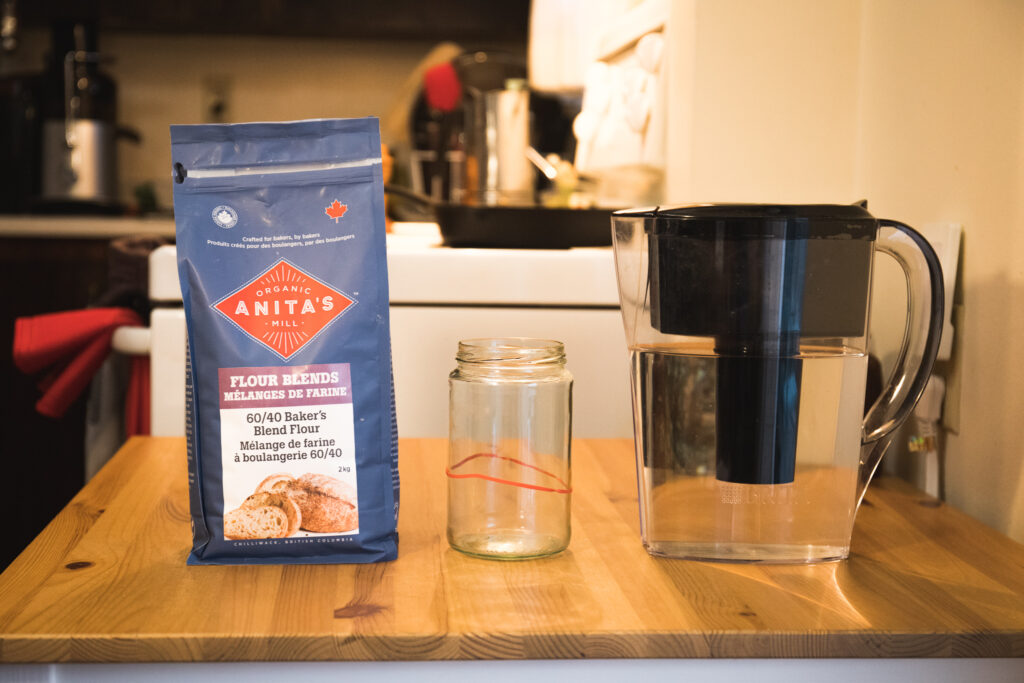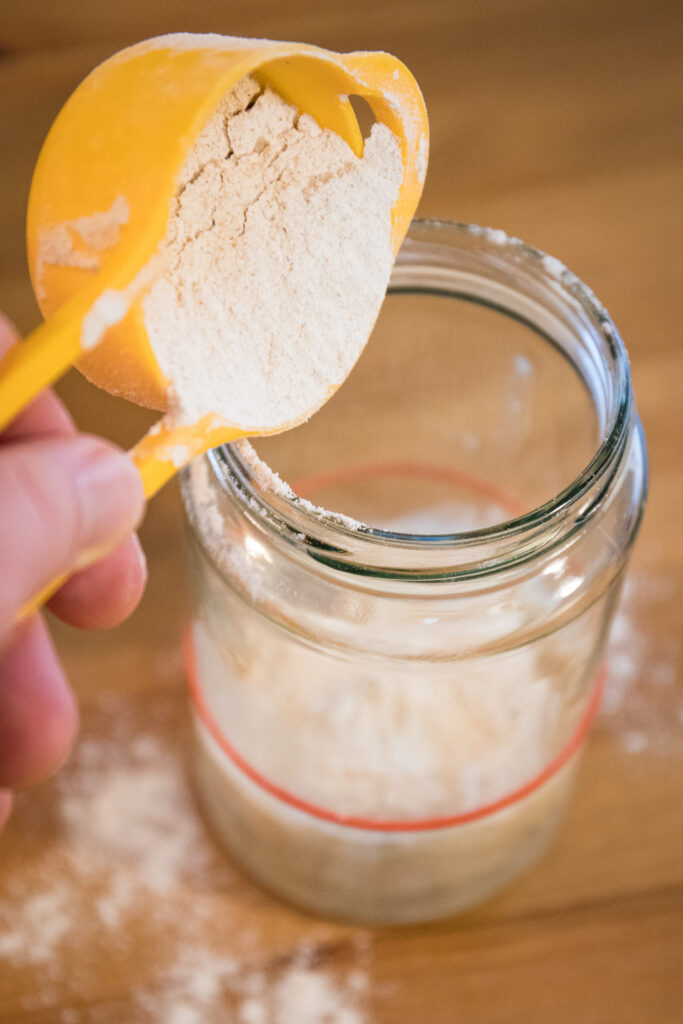This week in Ed. Tech we looked at assistive technology and making our technology inclusive and as accessible as possible. This is such an important topic and I am glad that I now have a few tools I can bring forward with me into the classroom. Often we take for granted assistive technologies, and sometimes we aren’t even aware that we are using them.
When I first moved to Japan 7 years ago, I couldn’t speak a word of Japanese, let alone read any of the three alphabets. This made simple things like grocery shopping difficult. Sure, you can see what the products look like but you don’t really know what they are until you take a bite of nato for the first time expecting it to taste like baked beans — they may both be beans, but they are very different. I often used a text translation app to make sure I knew — with some degree of certainty — what I was buying. Similarly, I was diagnosed with Crohn’s disease while living in Japan and had to undergo emergency surgery. Though my partner was bilingual and could help me most of the time, there were occasions when I used a translation app to help me understand medical Japanese (I could eventually have these conversations with my doctor without using a translator).
In the classroom setting, I can see myself trying to make things as accessible as possible without making them too easy for my students. Everyone has different strengths and weaknesses and making sure there is common ground and equal access among students with differing abilities is essential to a healthy classroom — and a value I hope the students take forward with them.



